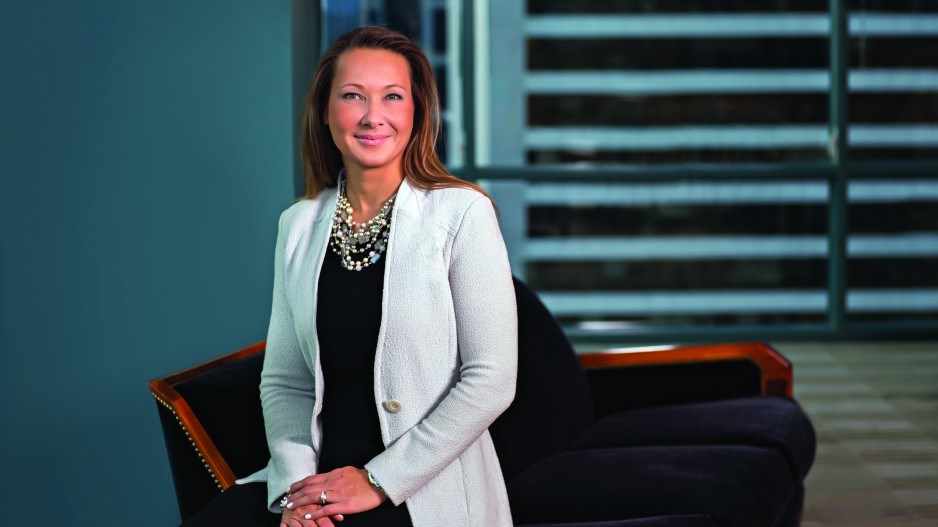When is the right time to start thinking about retirement? Obviously the sooner you start saving, the better, but what is the cost of waiting to save?
Let’s start with assumptions. The first is “Let’s be conservative”. For all examples I use a five per cent return spread between two per cent interest, 1.5 per cent dividends and 1.5 per cent realized capital gains. This breakdown is important for tax purposes. If conservative to you means buying guaranteed income certificates, then you would have to cut this in half and assume 100 per cent interest, which would almost double the required savings suggested in the examples below (see sidebar). Two other constants in my examples are that everyone is going to live to age 90 and that inflation is two per cent. If you want to be ultra-conservative when running a retirement plan, I would suggest using 3 per cent to “acid test” long-term results, but for the purpose of this article we will reflect today’s inflation and moderate return environment. And yes, 90 is the new 80, and by the time you reach age 80, 100 will be the new 90.
I’m surprised how often clients argue against their longevity. People are living longer, it’s a fact, and it’s important to plan for it.
Average income in British Columbia in 2014 was $76,770, before tax. So let’s say you qualify for the maximum Canada Pension Plan and old age supplement at age 65, which would cover $20,000 of your required income. Last but not least, the numbers below assume that you are saving to a non-registered account, which is a fairly simplistic approach as many of you will save to a registered retirement savings plan (RRSP) if you’re in higher-income tax brackets now. My rule of thumb is save to an RRSP if your income is above $90,563 and your RRSP and deductions do not drop taxable income below that amount. If you are in lower-income brackets, start first with saving to a tax-free savings account. If you are an incorporated business owner and starting to accumulate cash, consider creating a holding company and allocate retirement savings to it.
I often cringe when I see articles stating flatly that you need ‘X’ amount to retire at 65, because there are so many factors that need to be taken into account to truly come up with an accurate figure. If you go to three different financial planners you will end up with three different financial plans, and the reason is hidden in the assumptions.
The following is what you need to consider when putting together a financial plan:
Inflation rate
This is the single most impactful assumption; using a higher rate is more conservative, meaning bigger raises each year throughout retirement ensuring that you don’t go broke slowly over time.
Are you using conservative long-term growth assumptions, and how is it being taxed?
For instance, don’t let any of the return fall under deferred growth and make sure all capital gains are realized in the projection. This is more conservative than treating a portion of your portfolio as though it’s an RRSP or a tax-free savings account.
Which savings or investment bucket do you spend from first? The order of spending can make an enormous difference on how much you can spend, as well as how much you leave behind for your beneficiaries.
When to trigger pension income
Take the CPP early, at age 65 or defer to age 70? This needs to be considered on a case-by-case basis, but we often end up advising clients to take CPP early.
One final note: financial plans change the minute your report is printed. So remember that an ongoing review, checking regularly to make sure you are still on track, and adjusting along the way, is as important as making the decision to retire.
Cindy D. David, CFP, CLU, FEA, TEP, is president of Cindy David Financial Group Ltd., Vancouver. www.cindydavid.ca




